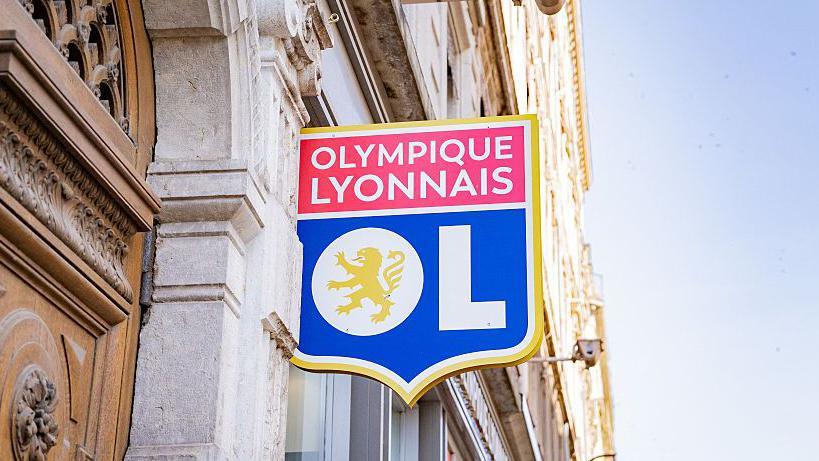Insights from the Club World Cup: Preparing for the 2026 World Cup
Discover key lessons from the Club World Cup that could shape the 2026 World Cup, from weather challenges to logistics and fan engagement.



Weather Challenges and Adaptations
The Club World Cup has provided a glimpse into the potential challenges of hosting the 2026 World Cup across the United States, Canada, and Mexico. Record-breaking heat and violent storms disrupted several matches, with six games delayed due to lightning within a 10-mile radius. Teams like Chelsea and Benfica faced significant delays, impacting their performance and strategy.
Stadium and Transportation Logistics
The scale of the USA poses unique challenges for transportation to various stadiums. For instance, the MetLife Stadium in New Jersey, which hosted the Club World Cup final, required fans to walk 20 to 30 minutes from the nearest train station in extreme heat. This highlights the need for improved transport links and potentially free transport for ticket holders during the 2026 World Cup.
Fan Engagement and Attendance
Attendance at the Club World Cup varied widely, with some matches drawing over 80,000 fans while others struggled to attract 10,000. Factors such as weekday kick-off times and high ticket prices contributed to lower turnouts. FIFA’s dynamic ticket pricing strategy, which saw prices drop significantly before matches, has been controversial and may need reevaluation for the World Cup.
Pitch Quality and Player Feedback
The quality of pitches has been a concern, with players like Jude Bellingham and Reece James criticizing the inconsistency and preparation of grass pitches converted from NFL artificial surfaces. Managers have also noted the challenges of playing on surfaces that differ significantly from those in European leagues.
Security Measures
Security was stringent, especially during the final match attended by former US President Donald Trump. Enhanced measures included armed snipers, counter-terrorism patrols, and multiple security checkpoints. These measures are likely to be replicated or intensified during the 2026 World Cup.
Conclusion
The Club World Cup has served as a valuable test run for the 2026 World Cup, highlighting areas for improvement in weather management, logistics, fan engagement, pitch quality, and security. FIFA and local organizers will need to address these issues to ensure a successful and memorable tournament.































